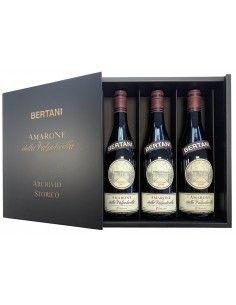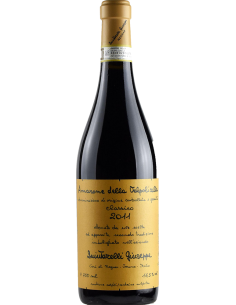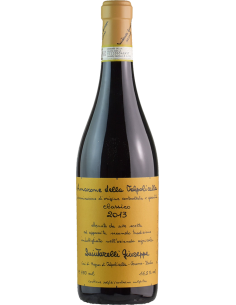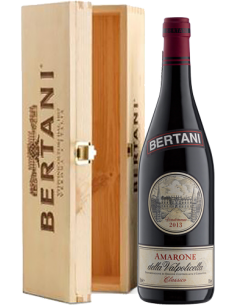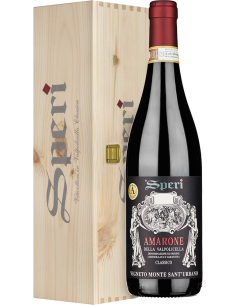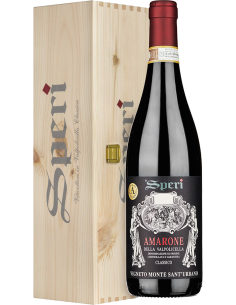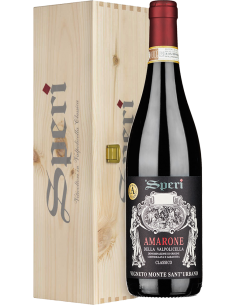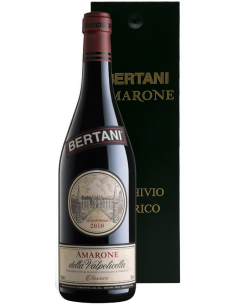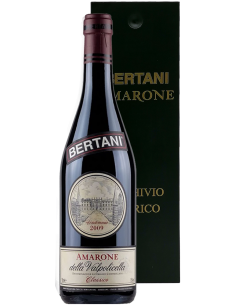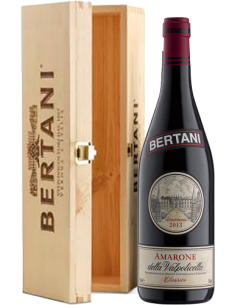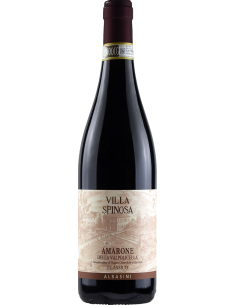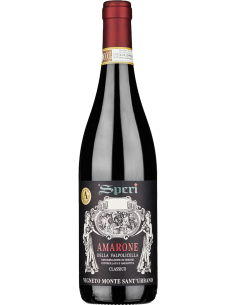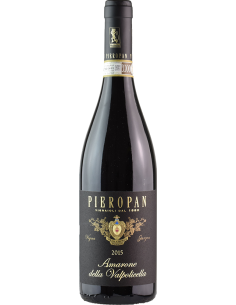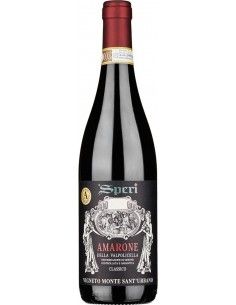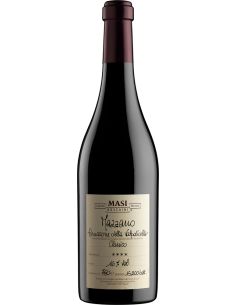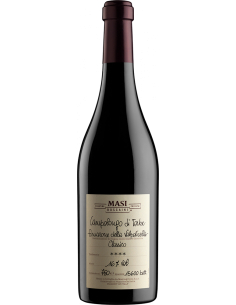History and Origin of Amarone della Valpolicella
Brief history on the origins of Amarone della Valpolicella, with focus on peculiarities that make it unique. Characteristics of the vine: ideal climate and soil, famous production areas.
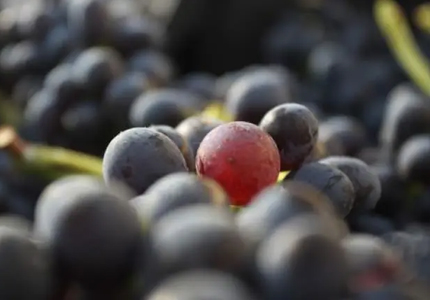
Origins of Amarone and Corvina
Amarone is Valpolicella, Amarone is a wine, not a grape variety, Amarone is history.
The origins of Corvina date back to around 400 years ago, thanks to the first written testimonies dating back to 1627 by the doctor Alessandro Peccana. Subsequently, the Corvina family expanded, giving rise to various biotypes, distinguished from each other by some details linked to the shape of the bunches. A popular legend links the origin of the Corvina vine to crows. It is said that Valpolicella was rich in excellent white grapes much appreciated by crows. To preserve the grapes, the farmers chased them away but one day a crow injured its wing but was rescued by a generous farmer. As a sign of gratitude, the raven converted some of the area's white grapes to black, the same color as its feathers
Amarone is a dry red passito wine that is produced exclusively in the province of Verona, in nineteen municipalities in the northern hilly area.
Its production is strictly regulated by a specification that allows the fermentation of raisined grapes from the typical Valpolicella vines, namely Corvina (45-95%), Rondinella (5-30%) and Corvinone (up to 50% max in replacement of Corivna). In the blend, up to 25% of black grape varieties are allowed, authorized for the province of Verona, of which up to 15% are generic non-aromatic and max. 10% native Valpolicella with a maximum of 10% for each single vine (in fact the no longer explicitly mentioned Molinara). The drying of the grapes lasts about 3 months (it is possible to make wine starting from 1 December). From September the wine is decanted into oak barrels where it ages for a minimum of 2 years (calculated from the 1st of January following the harvest, therefore effectively 3 calendar years) while the reserve requires a minimum aging of 4 years calculated by month of November of the year of the harvest.
Peculiarities of Amarone della Valpolicella
#1: Where does the name come from?
The name Amarone was born precisely to indicate something that was considered very "bitter" and not fully appreciated. This wine, a symbol of excellence and expression of its production area, was born by chance from a Recioto barrel forgotten in the cellar. Over time, the yeasts had transformed the sugars into alcohol, making the wine go from sweet to dry, or rather bitter, hence the name Amarone.
#2: Why is it so famous?
Amarone is a nectar that enchants palates all over the world with its aromatic complexity and its enveloping character.
#3: Why is it so expensive?
The cause lies in the regulations to which its production is subjected: only 40% of the total grapes of a vineyard, compared to a hand harvest carried out by expert pickers in selecting intact bunches and with the right level of ripeness, can become Amarone.
#4 How many types of Amarone are there?
There are six types of Amarone della Valpolicella: they depend on the production sub-area.
- Amarone della Valpolicella Classico DOCG and Classico Riserva DOCG (Classic sub-area)
- Amarone della Valpolicella DOCG and reserve DOCG (various municipalities in the province of Verona)
- Amarone della Valpolicella Valpantena DOCG and Classico Riserva DOCG (Valpantena sub-area)
#5 What is the difference between Amarone and Ripasso
Both wines are produced with the same blend of grapes.
Amarone is a wine produced with 100% selected and dried grapes, and ages for at least 2 years before bottling.
Ripasso, on the other hand, is produced with 100% fresh grapes, but the wine undergoes a second short fermentation together with the Amarone pomace. If Ripasso is classified as Valpolicella Superiore, it ages for at least one year before bottling.
#6 Which are the best vintages?
The best recent vintages are 2019, 2018, 2017, 2016, and 2015 is considered a memorable vintage of recent decades.
Entering into what are defined as historical vintages, there are 2011, 2010, 2007, 2005, 2003 (very hot year with very full-bodied Amarones with almost caramelized hints), 2001 (very balanced), 1998 and 1997, another exceptional but now difficult vintage to find.
Going even further in time there are the 1995, 1990, 1988, 1983 but given the age we recommend purchasing only directly from the producer's cellar.
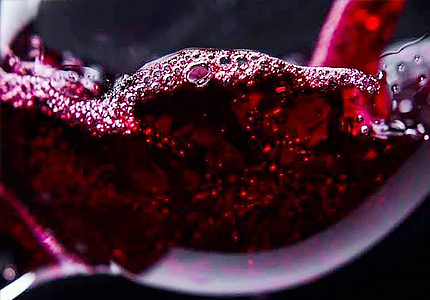
The elegance of Amarone depends on various aspects
It is good to consider some peculiar aspects of this great red wine:
1. Very restricted production area - it is possible to produce it only and exclusively in the authorized municipalities of Valpolicella.
2. Restrictions in the quantities produced - only a small part of the grapes produced can become Amarone.
3. Great territoriality - the vines used and the drying process are strictly typical of the production area.
4. Long aging gives great longevity - to reach the full potential of an Amarone, it is advisable to store the bottle properly for a period of time between 10 and 15 years. The general rule is that the longer the wine ages in barrel, the longer the Amarone can age in the bottle. To be sure of having it in the best conditions, an Amarone aged for around 2 years in barrique should be drunk within 10 years of being put on the market, i.e. around 13 years from the date on the label which is the year of harvest. An Amarone that ages for longer periods, 5, 6 or even 8 years, in large untoasted Slavonian wood barrels, if correctly stored in the bottle can be opened even after 15-20 years.
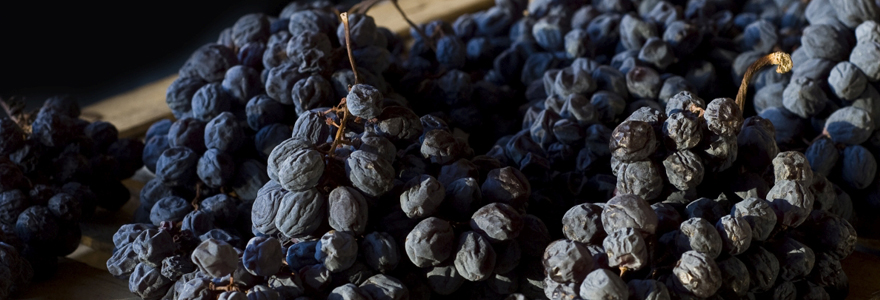
Veneto, land of Amarone
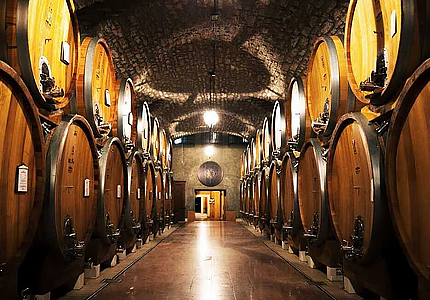
Labels for special occasions




Tasting
Tasting notes
Amarone della Valpolicella is among the most sumptuous and opulent red wines, whose intensity and elegance places it at the top of important aging wines.
At sight it has a dark and brilliant garnet red colour, with orange or brick notes depending on its evolutionary history. Of great structure, compact, dense, with evident and persistent arches due to the important polyalcohol content.
On the nose it is broad and intense: the prevailing notes are fruity, with an opening of black cherries and blueberries, even in jam. This is followed by balsamic notes of aromatic herbs and spicy aromas of tertiary origin (i.e. deriving from refinement) with notes of cocoa, coffee, tobacco and new leather.
When tasted, Amarone is dense, warm and soft, in its most elegant expressions the high alcohol content should not cause any disturbance. The tannins are persuasive and harmonious, they can be more or less marked depending on the style and age of the wine. Wine with great structure and long persistence, with flavors of fruit in syrup combined with fine flavor. The fact that the wine is obtained from dried grapes gives it in all cases an extraordinary concentration which translates into important structure and tannins, rounded off by refinement and alcoholic heat.
Recommended pairings
Amarone is a perfect wine to accompany game, braised or traditional meat dishes, stews, braised meat in Amarone, roasts, and meat-based first courses such as baked lasagna or bigoli with duck ragout. Excellent in combination with long-matured cheeses, accompanied by jams or mustards. In general, by virtue of its softness, it lends itself to accompanying winter and spicy dishes.
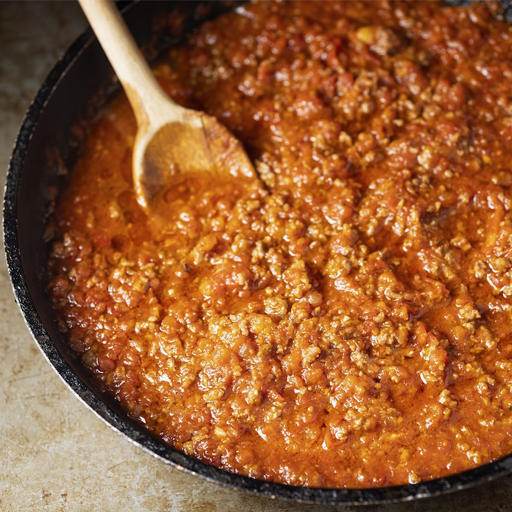
Meat sauces
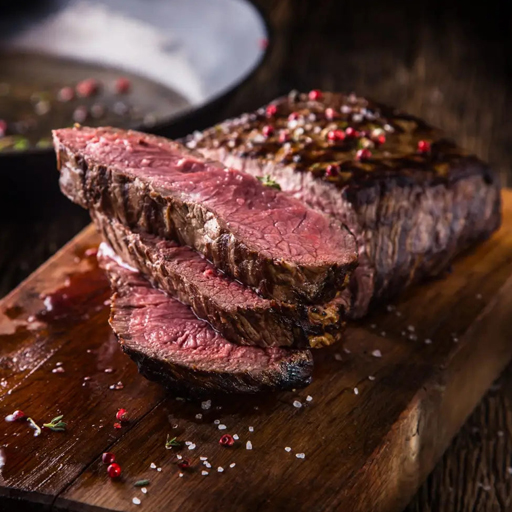
Red meats
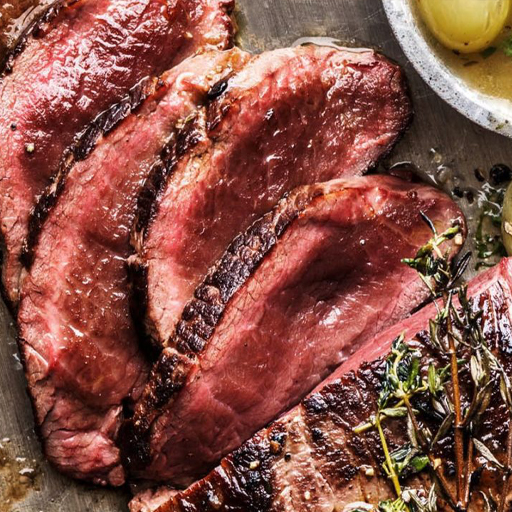
Game
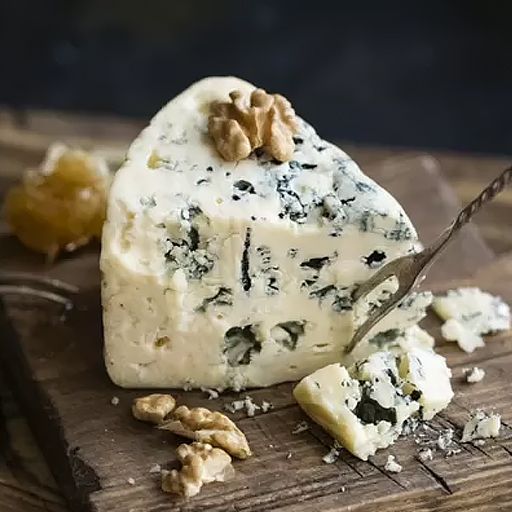
Mature cheeses
Tasting experience
Tips for the experience: how to best enjoy it, ideal temperatures, decanting.
Tip #1: Oxygenation
Amarone is a wine of structure and importance. As such, the bottle should be uncorked at least an hour beforehand, up to several hours in the case of wines that have been aged for a long time or have spent a long period in the cellar. In the latter case it is recommended to verticalize the bottle at least one day before tasting.
Tip #2: Glass
It should be tasted in large glasses, with ample light to allow the diffusion of the aromas.
Tip #3: Temperature
The tasting temperature is between 18 and 20°C.
Tip #4: What to expect
A great sensorial and tasting experience. As can be seen in the tasting notes, this is a complex and multifaceted wine, which requires a minimum of experience to be fully appreciated. A great tip: don't drink Amaroni that are too young, you won't be able to grasp their true nature.

